In Written Word Media’s 2024 Indie Author Survey, 42.7% of respondents said their primary motivation for publishing a book was to make money. A further 14.7% said they wanted to become a well-known author.
Yet both goals are easier said than done. To maximize profit and fame, you need to write to market.
Writing to market means creating books that align with current trends and popular themes within the publishing landscape. It’s a strategy authors and publishers use to increase readership and sales — by providing readers with content they're already interested in.
Some people see writing to market as selling out, but if you’re serious about making money as an author, you have to compromise a bit.
Here’s how to write to market step-by-step.
1. Identify what you’re passionate about writing
Let’s clear something up first: writing to market does not mean you have to write in a genre you hate just because of its commercial potential. Not only will you struggle to find the motivation to finish the book, but your lack of enthusiasm will come through in your writing, making your narrative less engaging.
Instead, writing to market is about finding the intersection between what you’re passionate about writing and what readers are interested in buying. Chris Fox, author of Write to Market: Deliver a Book that Sells, says:
If you can picture a Venn diagram, you’ve got two overlapping circles. One of those circles is the thing you are most passionate about writing. The other circle is a large, voracious reading audience. You want to find the sweet spot where those two circles intersect.
So, start by making a list of all your story ideas — or, if you don’t have concrete premises yet, all the genres that you genuinely enjoy writing. Take the time to experiment with new genres and subgenres, perhaps by using short story prompts or writing fan fiction for your favorite books.
2. Choose the most marketable genre
Next, it’s time to work out which of your ideas or genres are the most marketable. Of course, you want to choose a genre that’s popular with readers. But it’s not just readers’ preferences you need to pay attention to. If there are too many writers in your genre, the market will be oversaturated and it will still be difficult to secure an audience.
To find a niche with the right balance of demand and supply, you can use Amazon’s hourly updated Best Sellers Rank (ABSR). You can find any book’s current ABSR by scrolling down to “Product details” on its Amazon listing. As well as its overall ranking, you can see the three subcategories it performs best in. Click on any of these categories to discover the top books in that genre.
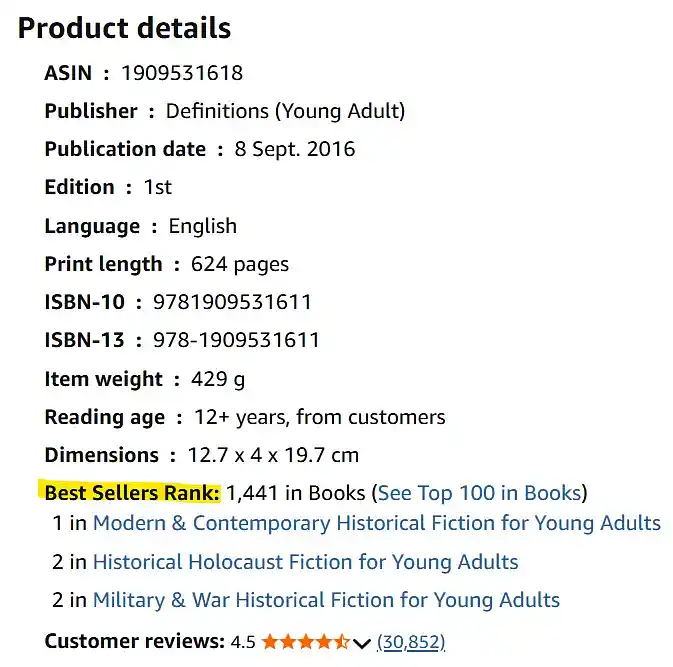
Ideally, you want to fit your story into an Amazon subcategory in which:
- The #1 title ranks in the top 100 books store-wide, and
- The #20 title falls between 25,000th and 35,000th overall.
This would show that there is demand for the niche, but that the market isn’t overly competitive, so readers are likely to notice you.
Of course, these numbers are just a guide — but bear in mind that the worse the #1 book’s ABSR is, the less popular the genre; and the better the #20 book’s ABSR, the more competitive the market.
You can also follow industry news for more insights into the most lucrative genres. Written Word Media’s 2024 Indie Author Survey found that cozy mystery, paranormal, paranormal romance, and romance were the most prominent genres among authors with the highest earnings (but bear in mind that these authors had published 61 titles on average).
In your own research, make sure you also compare data from previous years. For lasting success, it’s best to choose your niche based on broad trends rather than short-lived fads.
3. Read books and reviews in your genre
Before you do any writing, or even any serious plotting, read some of the top novels in your genre. Each genre has its own tropes and conventions that readers look for, so if you want to succeed in a genre, you need to learn about it first.
Take notes on what works well and look for patterns across the books you read, particularly in terms of themes, story structure, characters, and setting.
Then, read the reviews — not just professional ones, but random ones on Amazon and goodreads, too.
Why go to all this effort? If you want to appeal to the public, you need to learn what the public likes and dislikes in your genre. You can even read reviews of books you haven’t read to pick up extra tips.
4. Develop a marketable but unique idea
Armed with your notes, start brainstorming a concrete idea for your story. Begin with an exciting central conflict and use your preferred plotting technique to flesh out the details. Make sure you include all the essential elements that readers will expect from your genre (magic for fantasy, a believable solution for murder mysteries, etc.) — but that doesn’t mean you can’t add your own twist.
In fact, the books that really take off often do so because they have a unique spin that readers find refreshingly creative. Here are some examples of how to make a novel original without straying from genre constraints.
Subvert tropes
Lull readers into a false sense of security with a familiar trope, then subvert their expectations with a surprise twist. Maybe the girl walks away from both love interests or the Chosen One is just a random tertiary character.
Mark Lawrence subverts the Chosen One trope in his Book of the Ancestor trilogy. Spoiler alert: it turns out Zole isn’t the Chosen One and the prophecy was faked.
Employ a unique narrator
The same story can be told in very different ways by different narrators. The Book Thief by Markus Zusak wouldn’t stand out as much if it wasn’t narrated by Death, an overworked, sentimental character who shamelessly drops spoilers.
Benjamin Stevenson’s series Everyone In My Family Has Killed Someone also has a highly distinctive voice. Ernest Cunningham, who usually writes how-to books for murder mystery authors, comments on the tropes and “rules” of murder mysteries and goes out of his way to prove his reliability as the narrator of these ones. In the second book, he even tells the reader at the start that he will use the murderer’s name exactly 106 more times. Yet, this meta info doesn’t spoil the fun for readers but enhances it because it is so novel.
Use an original backdrop
An uncommon setting is another way to stand out from the crowd. Readers don’t just love The Thursday Murder Club because Richard Osman wrote it; the quaint retirement village and its feisty residents give the cozy mystery genre a hilarious makeover.
5. Write the book using genre conventions
Once you’re happy with your idea, you can start working on your book in earnest. Don’t just wing it, though — inform yourself about genre conventions and stick to them religiously.
For example, all genres and subgenres have an accepted word count range. Fantasy and sci-fi novels have on average 100,000–115,000 words, while romance novels have 80,000–100,000. Similarly, romance book covers tend to feature warm colors, while thrillers have a dark color palette.
Unless you’re a celebrity with an existing fan base, don’t break these vital genre conventions. If you’re a pop star, people might be willing to buy your book anyway, but if you’re unknown, readers won’t want to take a risk on an unusually long or too quirky-looking novel.
It’s also a good idea to follow cross-genre writing advice, such as:
- Create characters readers can root for — likeable, but with relatable problems and realistic flaws, like Harry Potter with his imposter syndrome and anger management issues.
- Avoid long descriptive paragraphs (except perhaps in literary fiction — but to be honest, that’s not a very marketable genre in the first place).
- Start each chapter with a hook that creates intrigue or tension.
- Vary pacing to prevent monotony, as illustrated by writing coach Gary Provost.
This sentence has five words. Here are five more words. Five-word sentences are fine. But several together become monotonous. Listen to what is happening. The writing is getting boring. The sound of it drones. It’s like a stuck record. The ear demands some variety. Now listen. I vary the sentence length, and I create music. Music. The writing sings. It has a pleasant rhythm, a lilt, a harmony. I use short sentences. And I use sentences of medium length. And sometimes, when I am certain the reader is rested, I will engage him with a sentence of considerable length, a sentence that burns with energy and builds with all the impetus of a crescendo, the roll of the drums, the crash of the cymbals–sounds that say listen to this, it is important.
~ Gary Provost
6. Seek feedback from experts in your genre
Before you publish, you’ll want to work with an editor and beta readers to ensure the standard is the best it can be. Make sure your editor and beta readers have experience in your specific niche. It’s always nice if your friends and family are willing to support you by giving feedback, but if they aren’t genuine fans of your genre, you can’t trust them to speak for your true target audience! Instead (or as well), look for genre-specific beta readers in online communities on goodreads, Facebook, or Reddit.
That’s it for writing to market! But of course, don’t forget to market to the right market, too. Even if the demand for your book is there, the intended readers won’t buy it if they aren’t aware it exists!
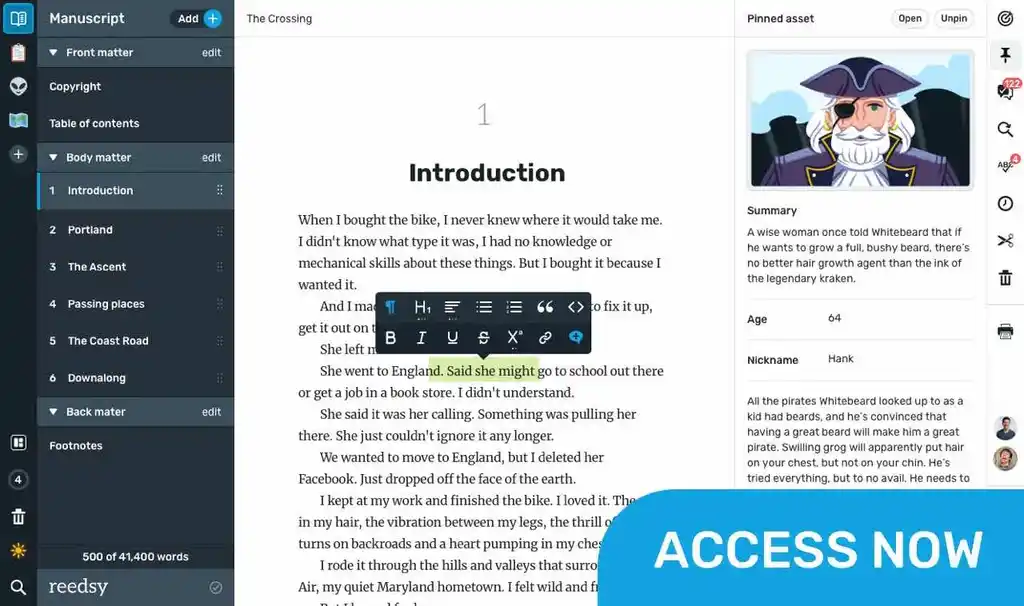

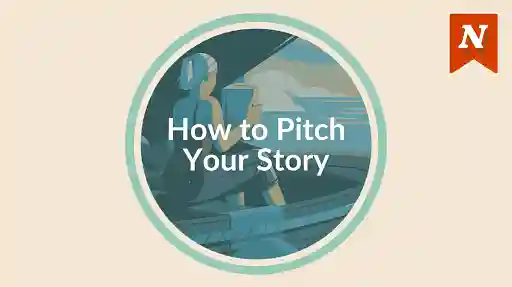





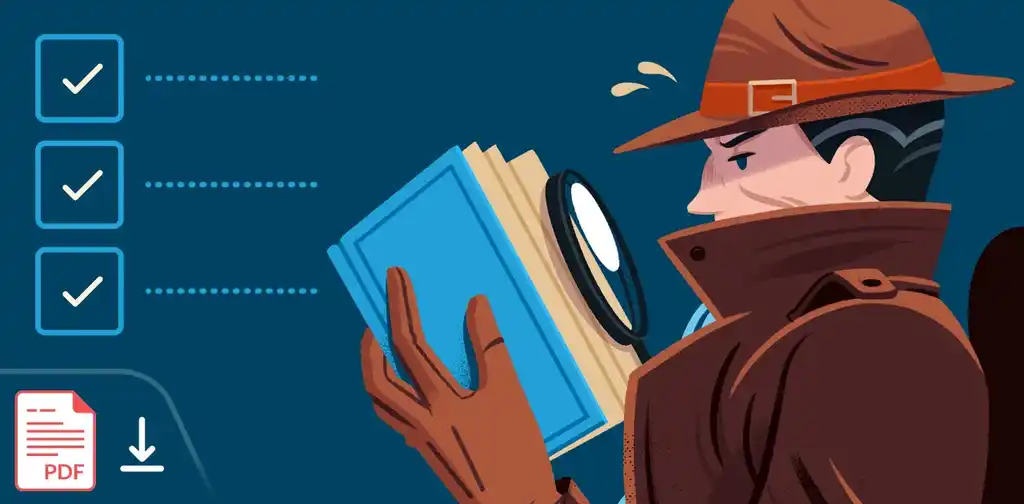
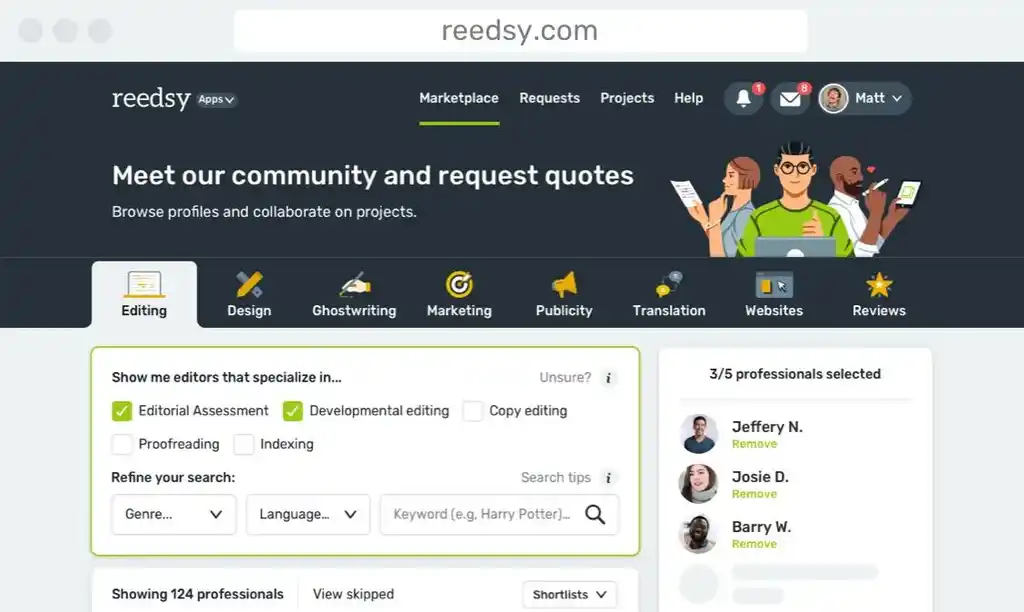
No matter how the market runs, I'll always put my own passion and trying to entertain readers over mainly writing for profit and trying to keep up with trends.
Todd Hicks - About 3 years ago
Hi Todd, I love that. Many of my favorite authors have marched to their own drum 100% and found their audience in time (although some posthumously, due to writing/painting/making music outside of the fashions of the time). One can always do both, too, keeping some projects under a pen name or pseudonym. Thank you for sharing your thoughts.
Jordan - About 3 years ago